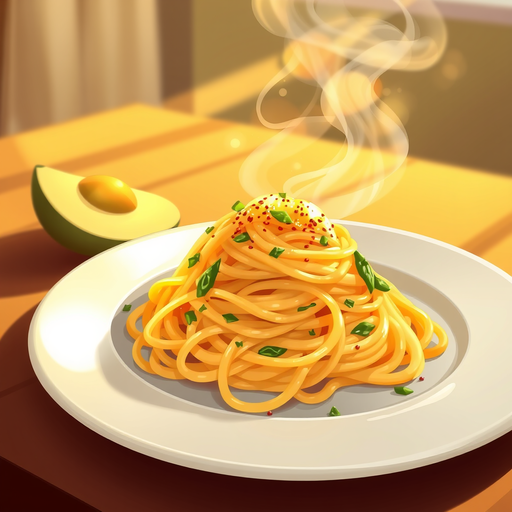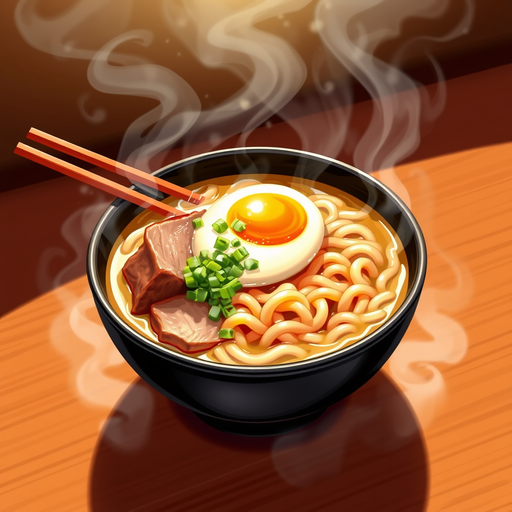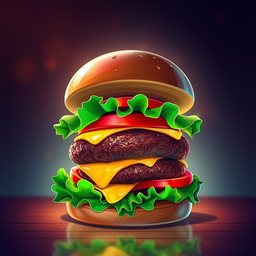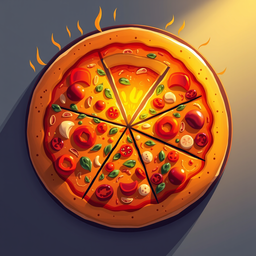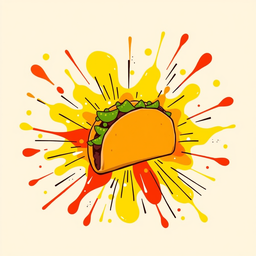Pasta is the ultimate flavor-carrying canvas, engineered to make sauces sing.
Starchy pasta water emulsifies with oils, butter, and cheese, creating a glossy, restaurant-quality sauce that clings to every bite. Shapes aren’t just aesthetics: ridged rigatoni grips ragù, silky pappardelle cradles mushrooms, and fusilli spirals catch pesto in every groove. You can boil, finish in the pan, bake, or serve chilled—each method unlocks different textures and aromas. This is everyday food with chef-level control at your fingertips.
Pasta delivers steady energy with a favorable glycemic profile and balanced macros.
A standard 2 oz (56 g) dry serving typically provides about 200 calories, ~7 g protein, ~1–2 g fat, ~40–42 g carbs, and ~2 g fiber—easy to portion, easy to plan. When cooked al dente, pasta’s glycemic index often falls in the ~45–55 range, lower than many refined grains like white rice or certain breads. That means a steadier energy curve and fewer spikes, especially when paired with olive oil, vegetables, and protein. It’s a carbohydrate that plays well with a balanced plate.
Pasta adapts to your diet—whole-grain, gluten-free, and legume-based options raise protein and fiber without sacrificing pleasure.
Whole-wheat pasta commonly brings ~7–8 g protein and ~5–7 g fiber per 2 oz dry serving, enhancing satiety. Chickpea or lentil pastas often land around ~12–15 g protein and ~5–8 g fiber per serving, making plant-forward meals genuinely satisfying. Gluten-free choices (rice, corn, quinoa blends) preserve that al dente bite while opening the table to more eaters. Whether you’re training, managing macros, or cooking for mixed dietary needs, there’s a pasta that fits seamlessly.
Pasta wins on weeknight practicality and value without cutting corners on taste.
Most shapes cook in 8–12 minutes, and one pot plus a skillet finish can deliver a complete, craveable meal. A 1 lb (454 g) box yields roughly eight 2 oz portions; even at $1.50 per pound, that’s under $0.20 per serving—budget-friendly comfort that scales for families or meal prep. Dry pasta is shelf-stable for months, minimizing waste and maximizing pantry flexibility. It’s the rare staple that’s fast, affordable, and consistently delicious.
